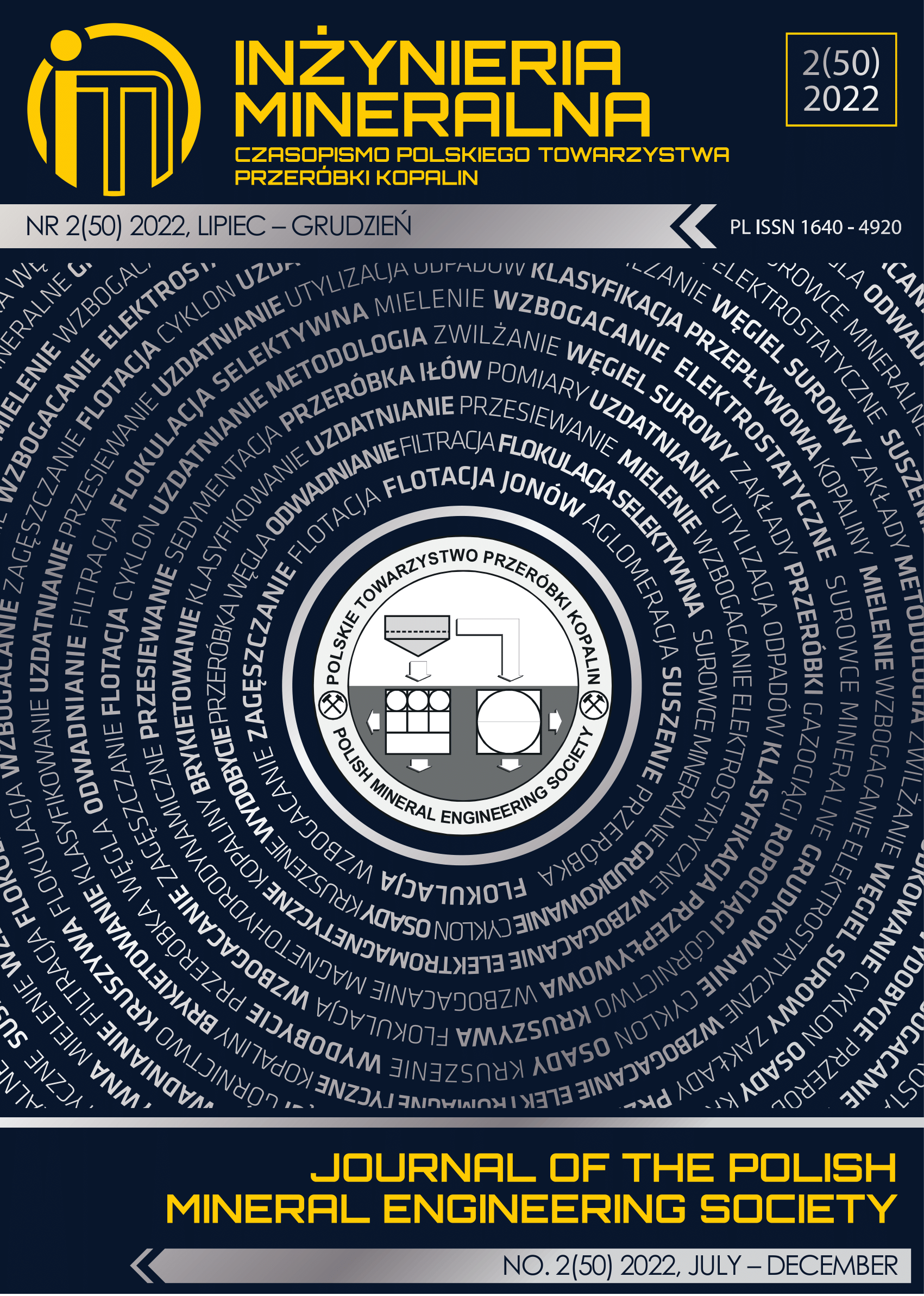Responses of the Micro-Crustacean, Daphnia magna, across Five Generations Continuously Exposed to Di-2-Ethylhexyl Phthalate in Mekong River Water
Abstract
Plastic pollution has been considered as an emerging environmental problem, and is among the ecological and human health concerns. Detrimental impacts of plastic pollution on living things are closely related to the plastic additives added onto the polymer during plastic manufacture. Di-2-ethylhexyl phthalate (DEHP) is one of the most common plasticizers and is usually found in water environment worldwide. Plastic additives can cause many negative effects on aquatic organisms such as fish and zooplankton. This study aimed to assess the chronic effects of DEHP on the life history traits of an ecotoxicological model micro-crustacean, Daphnia magna, across five generations (F0–F4). We used the natural water from Mekong River in Vietnam as the medium for the D. magna incubation in laboratory conditions. The concentrations of trace elements (e.g., metals and pesticides) in the natural water were under detection levels of equipment or very low which was sufficient for D. magna to grow well. The results showed that the body length was the main endpoint of the organisms inhibited by DEHP across all generations. DEHP adversely impacted the survival and fecundity of D. magna in the fourth generation (F3) only. The adverse effects of DEHP on body length of D. magna should be the consequence of the energy cost and allocation in the exposed organisms. The survival and reproduction responses of D. magna to DEHP across five generations could be explained by (i) the severe effects of the chemical on many individuals in the organism cohort, and (ii) toxin-tolerant development in the remaining exposed organisms. Although the trace elements in natural water from Mekong River were not toxic to D. magna at very low concentrations, together with DEHP they might enhance impacts on the organism. Besides, a multigenerational exposure to DEHP would reflect clearer impacts on the organism than a single exposure. Our results could be useful for extrapolation on the influence of plasticizers on freshwater zooplankton in nature.
This journal permits and encourages authors to post items submitted to the journal on personal websites or institutional repositories both prior to and after publication, while providing bibliographic details that credit, if applicable, its publication in this journal.







.png)
